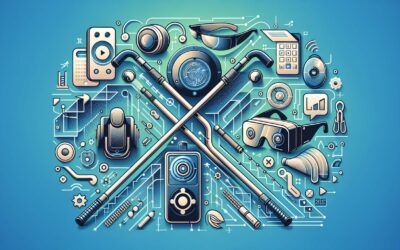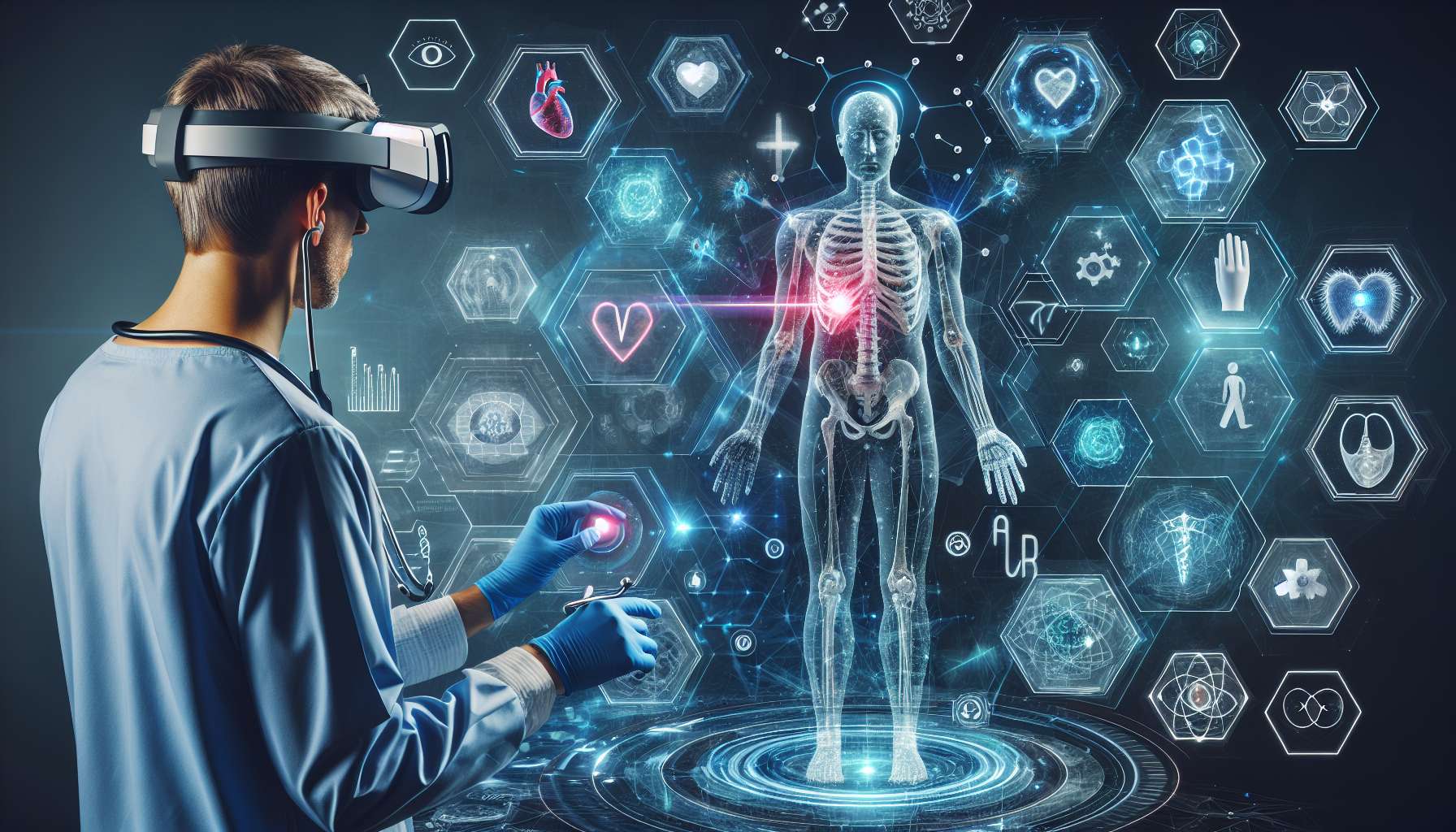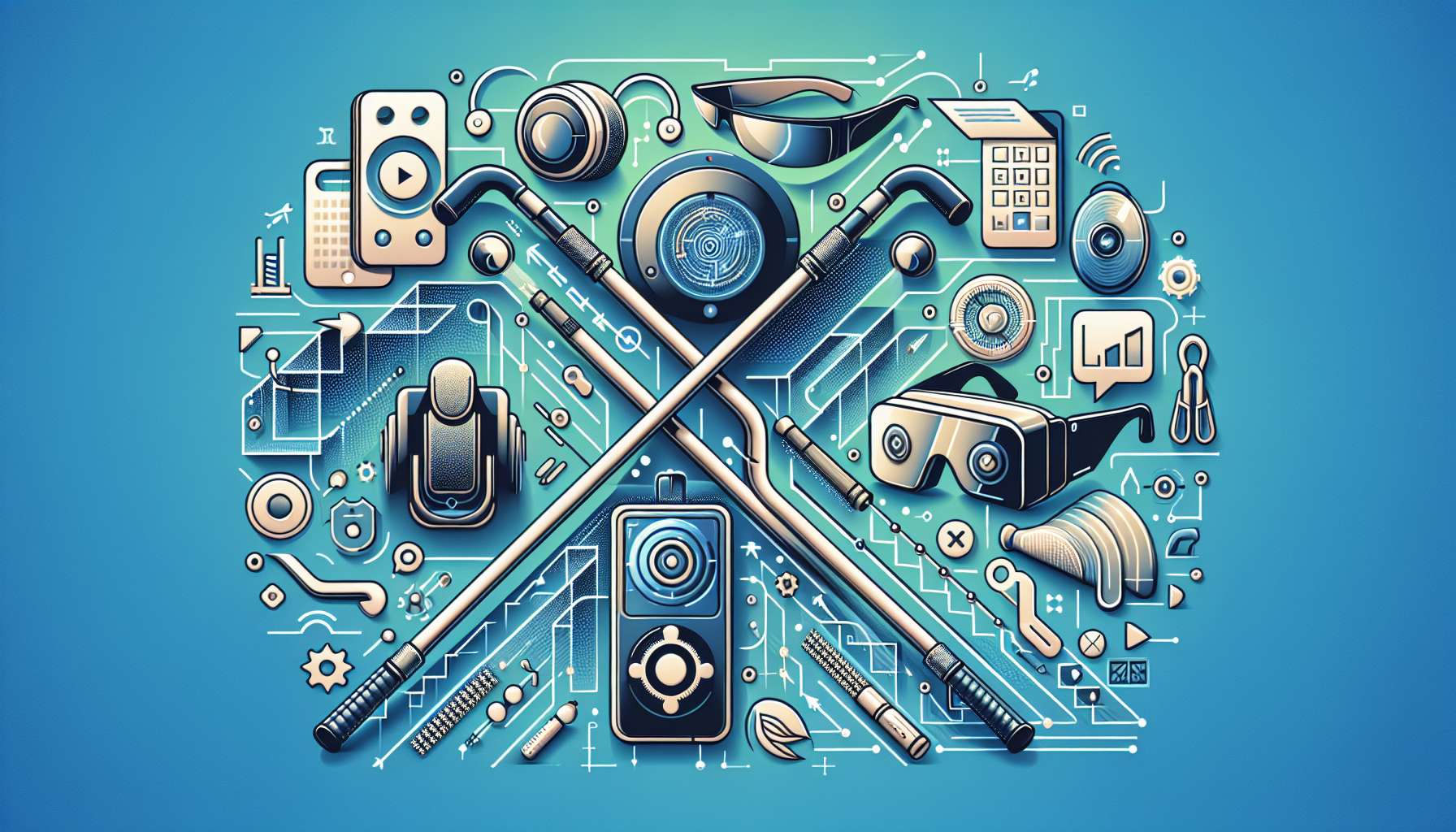Augmented Reality (AR) and Virtual Reality (VR) are revolutionizing the healthcare industry by enhancing patient care and diagnostics. These cutting-edge technologies are not just limited to the realms of gaming and entertainment; they are making significant strides in improving medical practices and patient outcomes.
### Enhancing Patient Care
AR and VR technologies are being used to improve patient care in various ways. One of the most significant applications is in patient education. Healthcare providers can use AR and VR to create immersive experiences that help patients better understand their conditions, treatments, and procedures. For example, VR simulations can walk patients through surgical procedures, giving them a clearer idea of what to expect and reducing anxiety.
Moreover, AR can assist healthcare professionals during surgeries by overlaying vital information, such as patient data or real-time imaging, directly onto the surgical field. This can help improve accuracy and efficiency during procedures, ultimately leading to better patient outcomes.
### Improving Diagnostics
In addition to enhancing patient care, AR and VR are also transforming the field of diagnostics. These technologies can provide healthcare professionals with advanced visualization tools that allow for more accurate and efficient diagnosis of medical conditions. For instance, AR can be used to create 3D models of patient anatomy from medical imaging scans, giving doctors a better understanding of complex structures and abnormalities.
Furthermore, VR simulations can help doctors practice and refine their diagnostic skills in a risk-free environment. By simulating various medical scenarios, healthcare professionals can enhance their decision-making abilities and improve diagnostic accuracy.
### Future Implications
The integration of AR and VR in healthcare is still in its early stages, but the potential for growth and innovation is immense. As these technologies continue to advance, we can expect to see even more groundbreaking applications in patient care and diagnostics. From telemedicine consultations using AR to personalized treatment plans based on VR simulations, the future of healthcare looks increasingly digital and immersive.
In conclusion, AR and VR are reshaping the healthcare landscape by enhancing patient care and diagnostics. These technologies have the power to revolutionize medical practices, improve outcomes, and ultimately provide patients with a higher quality of care. As we move forward, it will be exciting to see how AR and VR continue to transform the way we approach healthcare.








